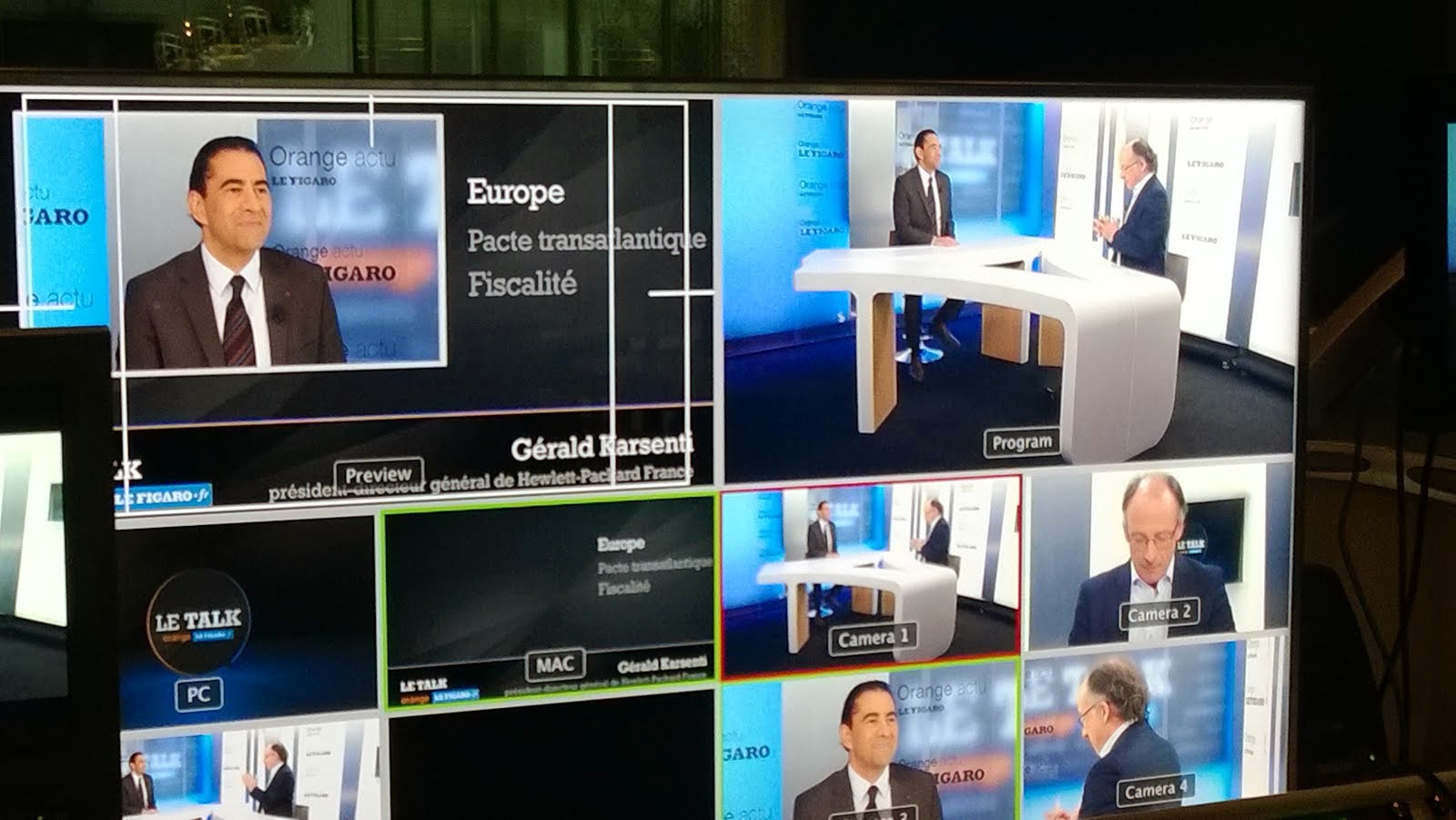Let us think about the progress achieved on the theme of the feminine leadership.
We propose the reading of a very beautiful book, Femmes du XXIe siècle (Women of the 21e century), Florence Rochefort, Alexie Lorca, Editions Albanel, Paris, 2009.
16 women specially interviewed by Alexie Lorca : Clémentine Autain, Françoise Barré-Sinoussi, Claire Brisset, Noëlle Châtelet, Thérèse Clerc, Maud Fontenoy, Caroline Fourest, Claire Gibault, Isabelle Giordano, Benoîte Groult, Françoise Héritier, Francine Leca, Gisèle Pineau, Michèle Podroznik, Anna Sam, Catherine Vidal.
13 portraits of famous women : Michèle Alliot-Marie, Roselyne Bachelot, Josiane Balasko, Diam’s, Cécile Duflot, Gisèle Halimi, Nancy Huston, Miss Tic, Orlan, Catherine Ringer, Ségolène Royal, Marjane Satrapi, Simone Veil.
Authors : Florence Rochefort, researcher at the CNRS (NATIONAL CENTER FOR SCIENTIFIC RESEARCH), is a specialist of the studies on the women. She pursues her works on the history of the emancipation of the women in France and in the world. She is the author at Aubanel of the work “Yesterday, the women”, published in 2007.
Alexie Lorca is a journalist at magazines “Lire” and “Marie-Claire”, literary critic and director of documentaries.
Presentation from the publisher :
The crossed glances of a historian and a journalist. Forty years later "40 years after year zero" of their liberation, where are the women cause in France? How they meet the challenges of an unfinished emancipation. The borders between the sexes diminish to the advantage of a bigger parity and of a bigger sexual freedom, but do we attend for all that the birth of a more equalitarian society? These women young or older, known or anonymous, triumphant or deprived were seized by the photographers in the movement of their trajectory. In the language of the images made echo the narrative of Florence Rochefort which brushes a collective portrait of the women of the new century, interrupted by singular figures which confided in the journalist Alexie Lorca. Biographies at the end of work present 150 women and quoted fictional characters, making of this album portrait so current as unpublished of the women of the XXIth century.
Even if it progresses slightly (The Echos of January 19th, 2010, Capitalcom source), the women represent hardly more than 10 % of the members of boards of directors in 2009 (against 8 % in 2006) and a little more than 7 % of executive committees (against 6,1 % in 2006). We are still far from the aimed targets.
Even if I have always been against the notion of quota, my feeling today is that we shall not succeed in seeing a sensitive improvement in the short-term period without doing it. As usual please comment in: geraldkarsenti@live.fr
Version française (french version)
A l’occasion de la journée de la femme le 8 Mars prochain …
Réfléchissons aux progrès accomplis sur le thème du leadership féminin.
Nous proposons la lecture d’un très beau livre, Femmes du XXIe siècle, Florence Rochefort, Alexie Lorca, Editions Albanel, Paris, 2009.
16 femmes spécialement interviewées par Alexie Lorca : Clémentine Autain, Françoise Barré-Sinoussi, Claire Brisset, Noëlle Châtelet, Thérèse Clerc, Maud Fontenoy, Caroline Fourest, Claire Gibault, Isabelle Giordano, Benoîte Groult, Françoise Héritier, Francine Leca, Gisèle Pineau, Michèle Podroznik, Anna Sam, Catherine Vidal.
13 portraits de femmes célèbres : Michèle Alliot-Marie, Roselyne Bachelot, Josiane Balasko, Diam’s, Cécile Duflot, Gisèle Halimi, Nancy Huston, Miss Tic, Orlan, Catherine Ringer, Ségolène Royal, Marjane Satrapi, Simone Veil.
Les auteures :
Florence Rochefort, chercheuse au CNRS, est spécialiste des études sur les femmes et le genre. Elle poursuit ses travaux sur l’histoire de l’émancipation des femmes en France et dans le monde. Elle est l’auteure chez Aubanel de l’ouvrage Hier, les femmes, publié en 2007. Alexie Lorca est journaliste aux magazines Lire et Marie-Claire, critique littéraire et réalisatrice de documentaires.
Présentation de l'éditeur :
Les regards croisés d'une historienne et d'une journaliste. Quarante ans après " l'année zéro " de leur libération, où en sont les femmes en France ? Comment relèvent-elles les défis d'une émancipation inachevée. Les frontières entre les sexes s'amenuisent au bénéfice d'une plus grande parité et d'une plus grande liberté sexuelle, mais assiste-t-on pour autant à la naissance d'une société plus égalitaire ? Ces femmes jeunes ou moins jeunes, connues ou anonymes, triomphantes ou démunies, ont été saisies par les photographes dans le mouvement de leur trajectoire. Au langage des images fait écho le récit de Florence Rochefort qui brosse un portrait collectif des femmes du nouveau siècle, entrecoupé par des figures singulières qui se sont confiées à la journaliste Alexie Lorca. Des biographies en fin d'ouvrage présentent les 150 femmes et personnages de fiction cités, faisant de cet album un portrait tout aussi actuel qu'inédit des femmes du XXIe siècle.
Même si cela progresse légèrement (Les Echos du 19 Janvier 2010, source Capitalcom), les femmes représentent à peine plus de 10% des membres des conseils d’administration en 2009 (contre 8% en 2006) et un peu plus de 7% des comités exécutifs (contre 6,1% en 2006). On est encore loin des cibles visées.
Même si j’étais contre la notion de quota, mon sentiment est que nous ne parviendrons pas à voir une amélioration sensible à court terme sans cela.
Comme d’habitude vos commentaires sont les bienvenus sur : geraldkarsenti@live.fr


























